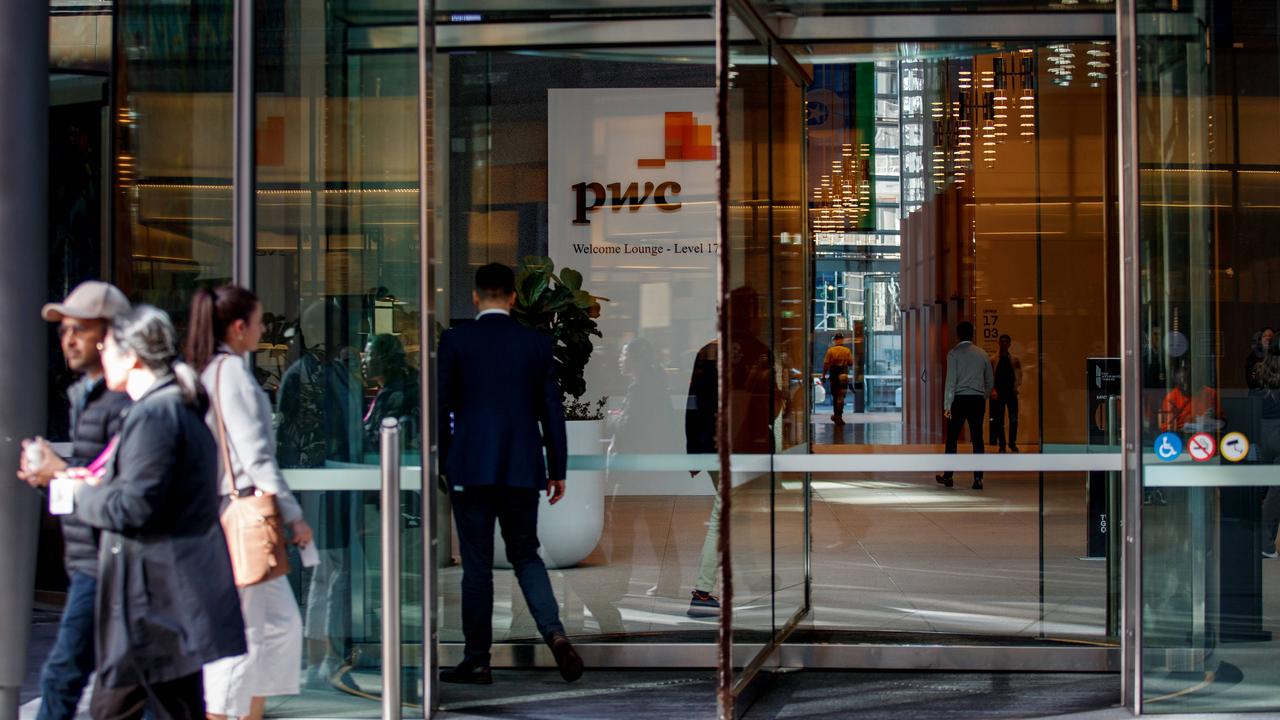Stocks on track for bumper year after 3.1% quarter gain
Australian shares are on track for their best financial-year gain in eight years.

Business
Don't miss out on the headlines from Business. Followed categories will be added to My News.
Australian shares are on track for their best financial-year gain in eight years, with the benchmark index delivering 15.1 per cent since the end of June, as global markets continue to rebound from the depths of the pandemic.
Investors signed off on another strong quarterly performance as the benchmark S & P/ASX 200 share index finished up 3.1 per cent for the March quarter.
The gains so far mark the best financial-year returns since the 2013 financial year, when it rose 17.3 per cent following a recovery from the European debt crisis of 2012. The index lost 11 per cent in the 2020 financial year, after markets were sideswiped by COVID during the first half of last year.
The continued rise in the sharemarket came after US President Joe Biden’s plan for $US1.9 trillion ($2.5 trillion) of additional US fiscal stimulus was passed into law, the US vaccination program accelerated and as Mr Biden was set to announce a $US4 trillion infrastructure plan overnight.

“Watch out April, here we come,” said Bell Potters’ head of institutional sales, Richard Coppleson. “All of this continues to fuel optimism about the global economy and stockmarkets are responding.”
Undoubtedly the March quarter was a much more mixed period than the December quarter, when almost all sectors rose strongly, but there were still impressive gains. Among major stocks, Westpac rose 26 per cent and News Corp surged 36 per cent.
The top three were Lynas, up 55 per cent, Virgin Money, up 44 per cent and Zip Co, up 40 per cent.
On the downside, some previous laggards continued to dive — Resolute Mining, Appen and A2 Milk lost 45 per cent, 36 per cent and 32 per cent, respectively — and some recent market darlings fell back to earth, with Nuix down 37 per cent and Nanosonics down 29 per cent.

Relative to an exceptionally strong rise in the December quarter as US political uncertainty abated, vaccines were developed, and central banks and governments continued to stimulate, the March quarter was one of consolidation, underpinned by the vaccine rollout and ongoing stimulus.
The Federal Reserve committing to keep its Fed funds rate at a record low and maintain its bond buying “at least at the current” pace until the economy has fully recovered.
Still, it added to an exceptionally strong December quarter gain of 13.3 per cent and an almost as impressive rise of 14.8 per cent in the preceding six months.
A 1.8 per cent rise in the index for March made it six consecutive months of gains.
The index has now risen every month in the past 12 apart from September, when it fell 4 per cent.
After diving 39 per cent to a 7½-year low of 4402.5 in April last year as COVID sparked lockdowns and the fastest ever bear market in shares, an equally unprecedented degree of fiscal and monetary policy support put the sharemarket into its fastest ever bull market, which saw the index bounce as much as 58 per cent over the next 12 months. The S & P/ASX 200 was just 6 per cent from a record high of 7197.2 points set in February last year.
Sharemarkets may get another leg-up from Mr Biden’s infrastructure plan, although funding such a large stimulus package may involve higher corporate tax rates, according to some analysts. Citi has warned of the “growing likelihood” of US corporate taxes rising with retroactivity to January.
The bank said a shift from 21 per cent to 27 per cent in the US corporate tax rate would lower S & P 500 earnings per share by 5-7 per cent this year.
While the impact on overall market earnings will be muted in Australia, for the universe of stocks that will be directly affected, earnings on average will be 2.8–3.7 per cent lower in the next few years, according to Citi’s Australian equity strategist, Liz Dinh.
Surging bond yields — including an 80 per cent rise in Australia’s 10-year bond yield from about 1 per cent to 1.8 per cent in the March quarter — have challenged the valuation “growth” companies, particularly in the tech sector, as well as “bond proxies” like utilities and real estate.
Tech stocks led the rebound in shares last year as bond yields plunged on unprecedented monetary policy stimulus, including record low cash rates and central bank bond buying. But tech was the worst-performing sector in the March quarter. After more than doubling in the nine months to December, the sector tumbled 12 per cent last quarter. Healthcare, utilities, real estate and consumer staples sectors also fell.
But falls in those sectors were outweighed by gains in other sectors amid one of the fastest ever rotations from “growth” to “value”. The financial sector led with an 11.3 per cent rise while the consumer discretionary, communications, energy and materials sectors also rose.
Morgan Stanley asset allocation strategist Alexandre Ventelon has recommended clients increase their exposure to Australian financials in multi-asset portfolios.
While noting that the ramp-up of the COVID-19 vaccination campaign, pent-up household savings and an increasing amount of fiscal support has led investors to swing from worrying that the US economy will grow too slowly to raising concerns that the recovery may be too quick, he said investors should continue to overweight equities on a 12-month horizon.
“Historically stocks have generally advanced alongside rising bond yields, as long as this doesn’t result in a sharp tightening of financial conditions,” Mr Ventelon said.
But he noted that faster economic recoveries have generally been associated with shorter periods of ‘reflation trade’ outperformance in global asset markets.
Moreover, “current stretched valuations and relative performance lead us to believe the best strategy is to now rotate out of relatively overvalued early-cycle assets/trades and add to more attractive mid-cycle assets/trades,” he said.
“This is particularly important as we move into the next phase of the economic cycle.”
More Coverage
Originally published as Stocks on track for bumper year after 3.1% quarter gain








